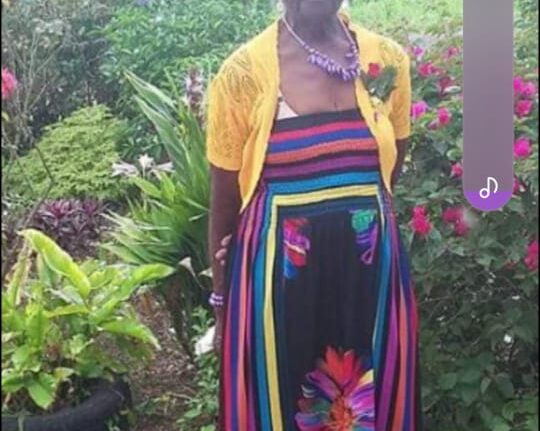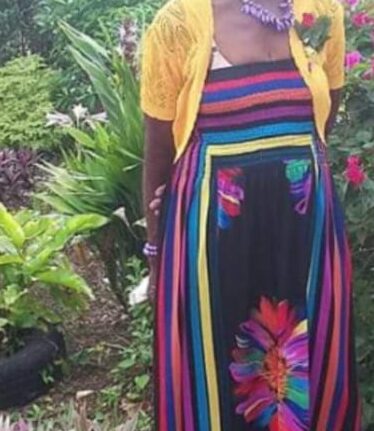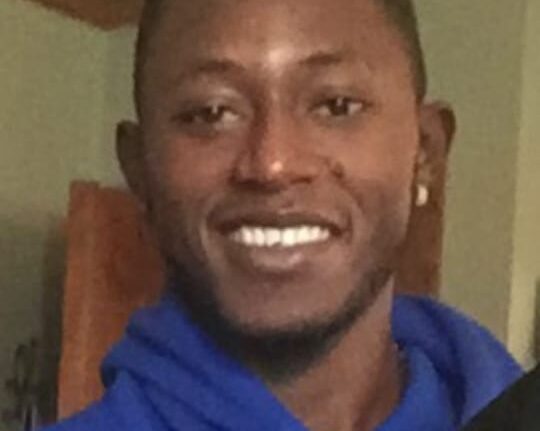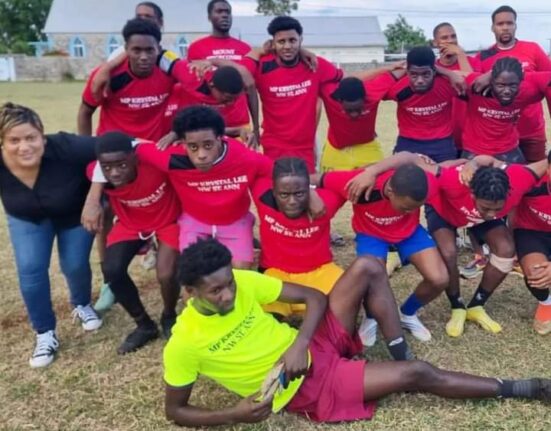Buckfield Basic: more than a picture (part 2)
If you missed the first article feature on picture reading (North Coast Times Vol. 19 #45, Nov. Dec. 3-9, 2014), you might want to find last week’s edition of the North Coast Times. We are looking at the stages of picture reading and the first episode described the first of five stages which is enumeration or naming. Pictures are important to young children, but before they can understand and appreciate what a picture if portraying, they must be able to tell what they see. Every object seen in a picture or in real life has a name. Children have grown in many instances not knowing the names of objects they see or use, so they tend to call these objects something or ‘sinting’.
Picture reading has five basic steps to help our children look, listen and learn about what they see around them. For these reasons, many children ask questions and they deserve correct answers. Having named all they see in the Buckfield school picture, we will now move to the second stage which is ASSOCIATION.
Sometime, after the children have become accustomed to looking at a picture and recognizing objects in it, the teacher, by questioning, leads them to associate these objects with the familiar ones that they know. They will recognise the familiar setting of school. Later they might want to tell what was happening in school why the children were not all in uniforms. Pictures of KFC and beach activities or getting on a bus, will lead children to associate with instances in their own lives. The children should be given the opportunities to relate their experiences, while helping to build conversation skills. When the children have become familiar with naming and associating what they see in the picture, the teacher will now go to the third stage of DESCRIPTION.
DESCRIPTION
When children describe a picture, they will now be using a number of the concept words which we talked about in the mathematics sessions. They will describe colours, sizes, positions, numbers, time of day and so on.
Let us see how the children will describe in detail what they see in the Buckfield school pictures. They will be talking about the number of boys and girls; what they are wearing; differences in their clothing and tell if there is a particular day that they are dressed differently. They will compare differences in the clothes the children are wearing. The teachers, now being satisfied that everything in the picture was described, must now move on to the fourth stage of picture reading – INTERPRETATION.
The children are now encouraged to make inferences, that is, why some children are smiling and some are not. The parent or teacher does not interpret for the child, nor disagrees with a child’s views. Finally, EVALUATION will complete these five stages of reading a picture. This is a very important level in picture reading as it helps the children to think critically of what they see, and to make choices with reasons. Some will simply say, “I like the picture”, and tell why.
This is the time of year when some beautiful 2014 calendars will soon disappear from walls of offices and homes. I implore teachers to collect, save and use appropriate ones for picture reading. Picture reading builds children’s language skills and provides opportunities for writing compositions.









